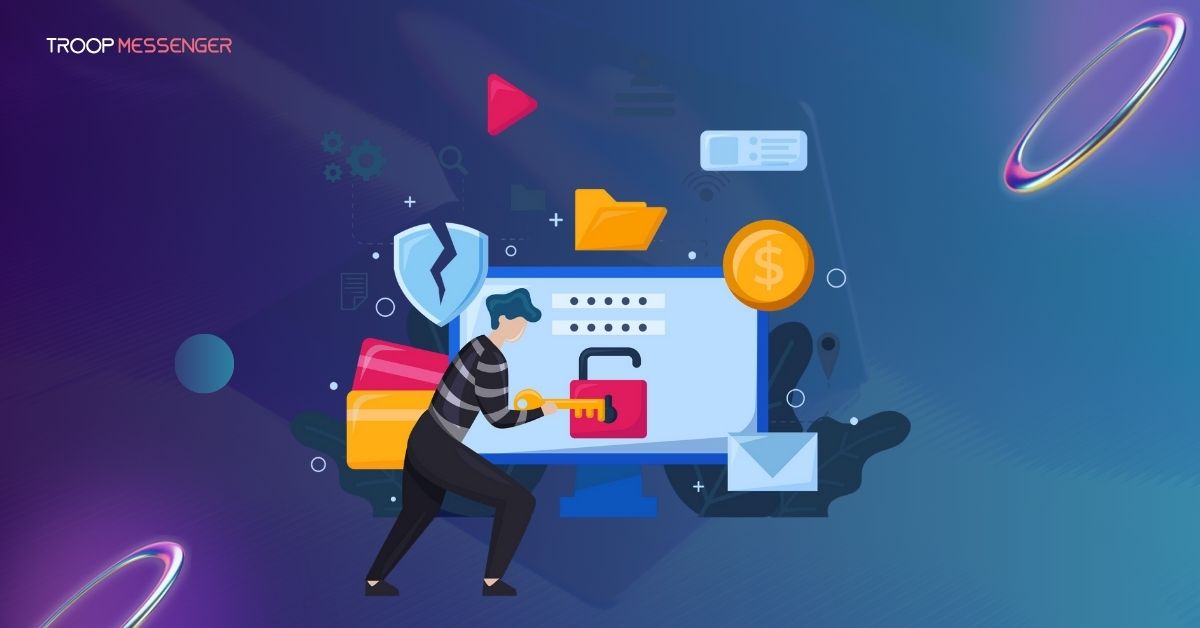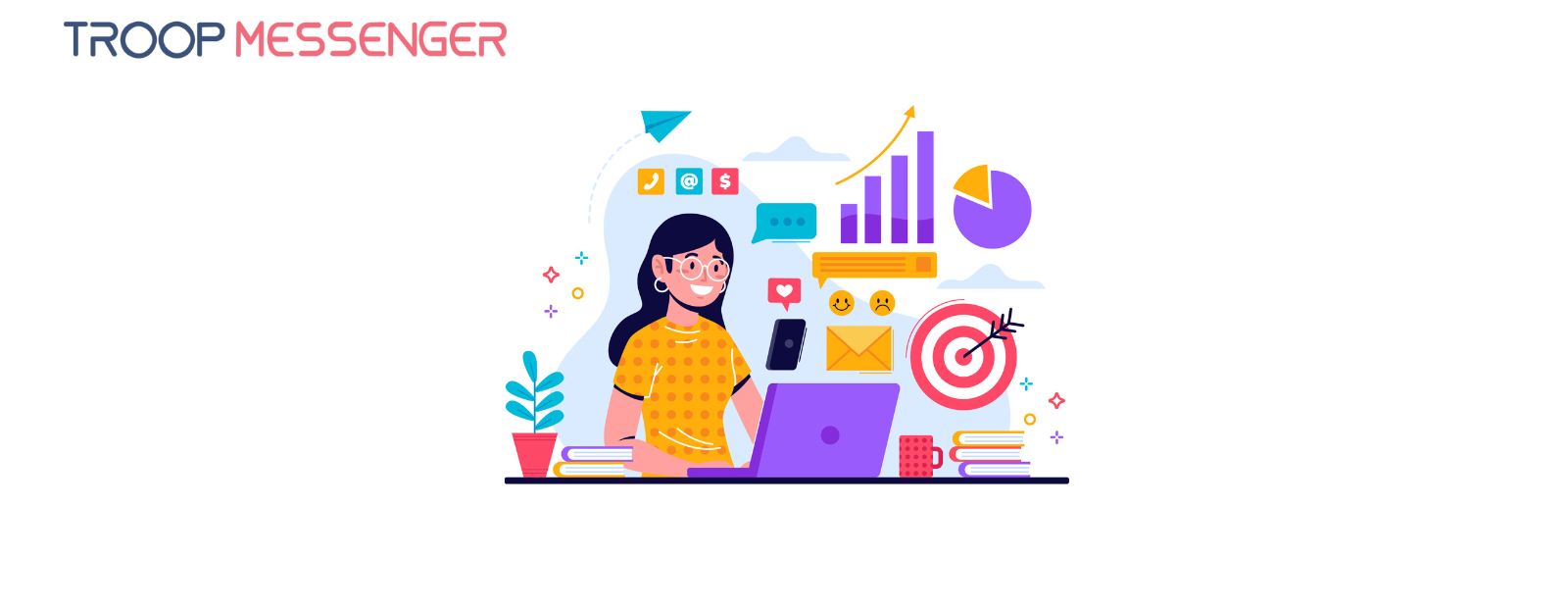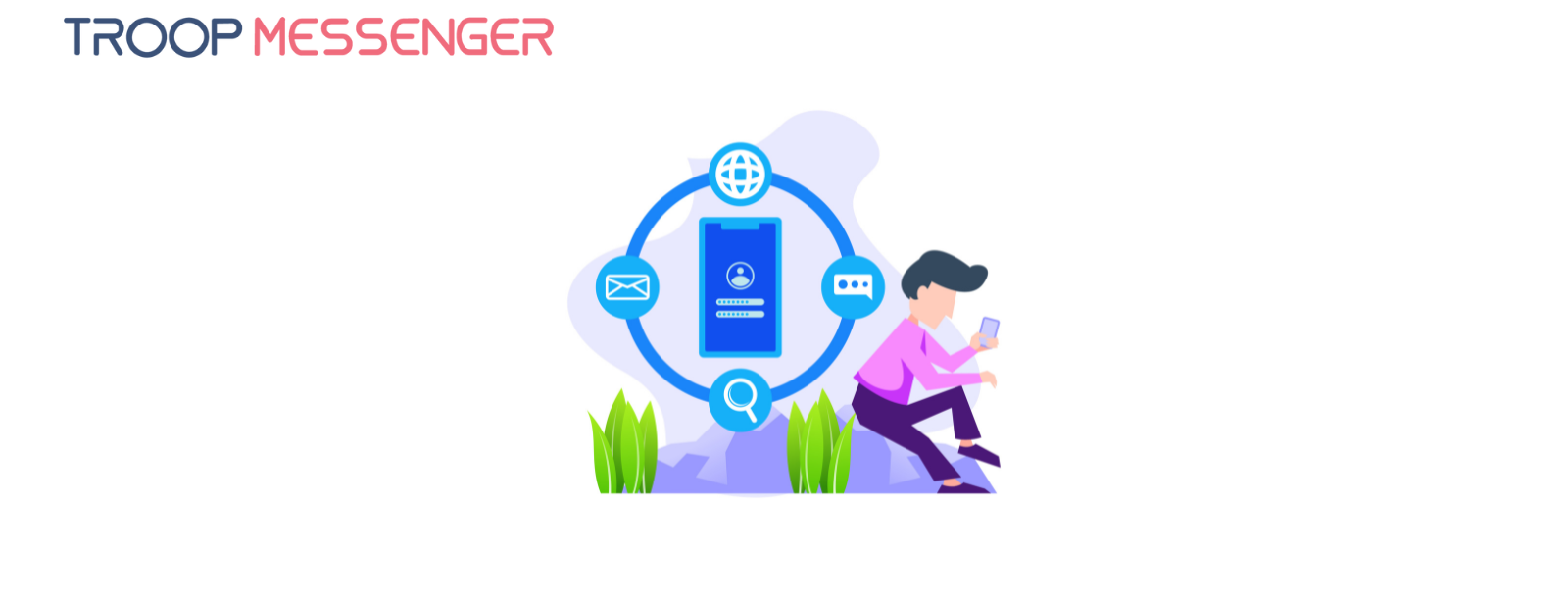Connect with us

Software Piracy Is a Real Threat - Here is to Protect Your IT Assets?
Piracy is an issue that is faced by content-creating companies all around the world, whether they create movies, songs, books, art, or even software. All content is at risk of being stolen and then sold off at a cheaper rate or being shown for free at the cost of ads being displayed.
Pirates have become more creative and have come up with different ways to rip others off of their creations and steal their profits for their own good. Companies that suffer the most are software companies. They sell licenses to their customers and let them subscribe to the software for up to a year.
It is more common for individuals to obtain illegal access to such software as they are unwilling to pay the amount it costs to use it.
Organizations tend to be more careful as they have to follow compliance laws and can be sued if their system is based on piracy. This is often why a lot of organizations are encouraged to understand, implement, and regulate the use of efficient software license management to upkeep the functionality and tracking on which licenses they have subscribed to and when they need to be paid off.
In this article, we are going to outline what software piracies are and what are some of the various ways software companies can look after their data protection.
What is Software Piracy?
Software piracy is the illegal means of distribution and usage of software without obtaining its original license. Installing an end-user on multiple devices, and a holidaymaker buying a pirated copy are some of the most commonly practiced software piracy issues. Some of these might be done unintentionally which is why it is crucial to educate IT-led industries to understand what software piracy may mean for their company.
An unlicensed software puts companies at an increased risk of malware infections. Not to forget the data breach and other cybersecurity threats that put companies at constant risk. In fact, BSA reports estimates malware attacks to cost companies $2.4 million in losses that may take up to 50 days to resolve, not to forget that the same report highlighted software companies to experience a whopping $46 million loss in software assets if software licensing is not involved or practiced.
How Companies can Protect Themselves against Malware Infections?
To help companies understand their stance on software licensing functioning, there are multiple ways in which software companies can protect themselves against piracy:
1. Incorporating Ironclad Licensing
Many companies give out restricted access to people by having several steps in place to ensure only authorized users are getting access to the software. They come up with complicated activation keys that only users have access to and can only be used on one device.
Any software company thinking of giving free trials should only do so by making very limited features available so that the chances of piracy can decrease even further.
Users should then be made to go online to activate the software so that the legitimacy of the installation can be confirmed and double-checked. Taking them to the webpage of the software can help companies track them down and see if they are eligible to use the software. This also helps to see what sort of server is being used for the said application, which is crucial in identifying pirates. Adding a licensing agreement tab to the software also helps to check the customer’s intention.
2. End to End Encryption
Software that is easy to decrypt is an easy target and can be circulated very conveniently. Companies should use codes that are unique to them and cannot be decoded by a third party, otherwise, this is how they gain access to a certain software’s coding and then create their copies which are then illegally distributed amongst potential customers.
Encryption keeps unwanted editors as well as predators out of the software which prevents them from making pirated copies. Any software that is not encrypted enables pirates to skip the process of activation and get straight to piracy, which then ruins the chances of them getting caught and traced down too. Having a unique code takes reverse engineering from the equation and diminishes the chances of piracy.
3. Management of Digital Rights
Users should be given limited permission with regard to how they can use the software or interact with it. They should not be allowed to download, copy, print, or do anything that threatens the integrity of the software and allows them to go ahead with suspicious activity. Giving consumers too much access to too many features is not advisable.
To truly implement digital rights management, developers can incorporate the use of invisible watermarks so that if it ever comes down to it, they can track pirated copies back to where they originated from. This is a great way of having full control of who gets to use and access the software.
4. Frequent Updates
Frequent updates ensure that any bugs within the software can be fixed immediately since pirates can leverage such bugs which in turn can create a pathway for them to take advantage and create unauthorized copies of the software and then illegally distribute it within the market.
Smaller updates are known as patches which are self-explanatory since patches are smaller and lighter updates that try to bridge the gap between more serious updates. Frequent updates can also help filter out regular users and idle users which is also a good indicator of what purpose the software is being used for.
5. Data Analytics
Developers can keep a close eye on who exactly uses their software so that they can easily point out anomalies which is usually an indicator of piracy. This is why multiple applications have the option to send back a report and also state that data is collected so that users do not feel as if their privacy is being breached and their data is being sent without their consent.
Data is extremely precious in this regard and should be analyzed every month to filter out customers who could create copies. This can be done by highlighting users with the most unusual activity. Another way of figuring out who could be pirating the software is to see which user is not completely interacting with the software and making use of its features.
6. Legal Notices
Even though all developers add a legal notice during the time of activation of the software, the font that is used is too small to be read properly and has the option to be skipped too quickly. Users have a very short attention span which causes them to skip whatever they think is too inconvenient for them to go through.
Instead, these warnings should be more prominent so that pirates are deterred from distributing the software freely. Such notices are very clear about all the consequences of piracy and this is one thing that gets people arrested even though it does not seem like that big a crime. Punishments and consequences that are stated should also be implemented strictly.
7. Offer Incentives
Customers only become regular and are retained if they are offered any discounts or promotions while they subscribe to certain software. The main reason why customers also find it easier to use prorated software is the price point. Many of them either cannot afford to buy the license or they just don’t think it is worth their money.
Developers should come up with a lenient pricing plan for returning customers which would make them want to buy the software instead of getting it through dishonest means. Student discounts, family discounts, and business discounts can attract customers who would be impressed by the prospects of large discounts if they frequently buy the license for the software.
Conclusion
Piracy is a calamity that has hit not just the IT industry but also the entertainment industry where music, movies, and shows are stolen quite easily and are frequently distributed among third-party illegal websites. In developing countries, it is much worse as not only are these websites not banned but are also encouraged since people do not have enough disposable incomes to subscribe to expensive licenses. It is said that software companies are losing approximately $46 billion annually, which is a huge number and firms should be worried about it since they are losing profits and incurring expenses that they may not be able to pay off.
Software developers lose the most amount of money since creating copies and distributing the same copies is very convenient and helps them save money. What pirates don’t realize is how much of someone’s hard work and efforts are being wasted.
People are also not legally well-versed and are not aware of the consequences of piracy. There should be stricter implementation to tackle this problem. Developers also don’t clearly state the terms and conditions and the legalities of the software during the time of activation. If they do this, they can deter those pirates who are not too educated on this.








